Major European scientific societies ask ECDC to include sepsis in its work plan
Five major European societies published a letter on Intensive Care Medicine asking European policymakers to support the integration of sepsis in the work plan of the European Centre for Disease Prevention and Control (ECDC), after the recently agreed extension of the agency’s mandate.
The European Sepsis Alliance (ESA), the European Society of Clinical Microbiology and Infectious Diseases (ESCMID), the European Society of Anesthesiology and Intensive Care (ESAIC), the European Society for Intensive Care Medicine (ESICM) the European Society for Pediatric and Neonatal Intensive Care (ESPNIC), observe that the importance of sepsis and the correlation with infectious diseases is not yet reflected in the work of the European body in charge of monitoring and surveilling their development, spread and burden.
Estimates extrapolated from a Swedish study of 2015 suggest that in Europe more than 3 million people suffer from sepsis each year resulting in 680,000 deaths, a higher burden compared to other conditions such as stroke or coronary diseases. Sepsis is also a huge burden for European health systems and society.
The ECDC’s mandate was extended in 2022 as part of Europe’s response to the pandemic and to improve preparedness and response to future threats.
“With the revision of the ECDC mandate, the EU now has the opportunity to set new standards for sepsis care”, write the authors. “Any strategy aiming at tackling communicable diseases cannot prescind from including sepsis prevention and treatment.”
The letter recommends the following concrete actions:
Sepsis should be considered as one of those “special health issues” mentioned in the ECDC’S extended mandate, such as AMR and healthcare-associated infections (HAIs), because of its close interlink with these public health threats and with communicable diseases.
ECDC should also use its influence to include sepsis among the research priorities for EU-funded programs, and to include sepsis management in guidelines for the case management of communicable diseases.
Finally, sepsis should be considered as an extremely valuable indicator for the capacity of health systems to diagnose, prevent and treat communicable diseases and their burden.

